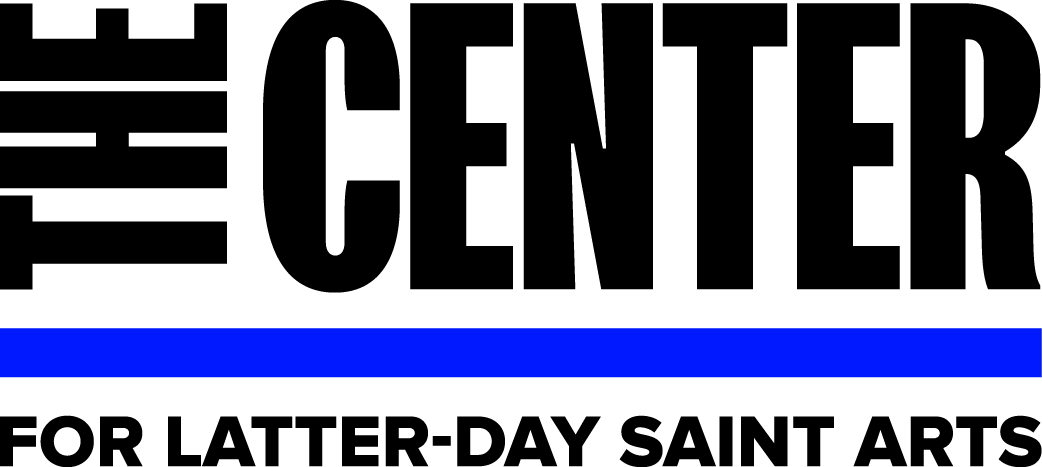Jan. 1-7: Another Testament of Jesus Christ
Introductory Pages of the Book of Mormon
Ezra Casalegno (American, b. 2005)
Healed in His Arms (2015)
Watercolor on paper
Used with permission from artist
When you hold the Book of Mormon in your hands, whether you feel the heft of a bound volume or the lightness of your cell phone, you are holding an object that was published almost 200 years ago. Regardless of form, the book’s contents share records, stories and accounts from people far older—such as an ancient civilization originating at the Tower of Babel to a family who left their home in Jerusalem in 600 BC. Through prophets and authors, the Book of Mormon details ancient American civilizations and it has been written, preserved, and translated through revelation from God. It is a companion to the Holy Bible. As we begin a year of study of the volume, consider where this book came from and what it means to you, now.
The book matters for a host of reasons. President Ezra Taft Benson reiterated Joseph Smith’s comments that the Book of Mormon is “the keystone of our religion.” Elder Jeffrey R. Holland wrote that the book “should be considered the most remarkable and important religious text to be revealed since the writings of the New Testament were compiled nearly two millennia ago…the Book of Mormon may be considered the most remarkable and important text ever given to the world.” And President Russell M. Nelson promised that “as you ponder what you study [in the Book of Mormon], the windows of heaven will open, and you will receive answers to your own questions and direction for your own life.”
The introductory pages of the Book of Mormon share testimonies from three and eight witnesses. The purpose of their written testimony is to confirm to all that Jesus is the Christ. If their objective is to witness, their invitation is for all individuals to receive a similar understanding of the book through the Holy Ghost. The testimonies on the initial pages invite all women, men, and children everywhere, to read the book and likewise become converted through study and prayer.
In 2020, a fifteen-year-old artist from San Diego, Ezra Casalegno, submitted Healing in His Arms to an art call issued by the Center, entitled Art for Uncertain Times: Next Generation. Children and youth were encouraged to submit visual, musical and literary works in response to the global pandemic and the ensuing social unrest. Now, Ezra is referred to as Elder Casalegno as he performs missionary service in Italy. As both an artist and a missionary, Ezra provides his own witness of who the Savior is to him. In 2020 he shared that this work was special to him because the Savior provided comfort to him during a time of particular challenge, isolation and fear.
The youth theme for 2024 comes from 3 Ne 5:13. It states, “I am a disciple of Jesus Christ.” With this in mind—how you regard your personal discipleship—what value does the Book of Mormon hold for you?
Discussion Questions:
This year in your study of the Book of Mormon, on what specific topics or themes do you wish to focus your attention? How will you use this focus to improve your discipleship?
In what way are you an unique witness to the Book of Mormon? If you were to write your witness to be included in the Book, what would you declare?
What commitments will you make to yourself about your study of the Book of Mormon in 2024?
Questions for youth and primary:
Why is a testimony important? How do the testimonies of others, like those included in the Book of Mormon, impact you?
Tell your story: What would you share about your relationship with Jesus Christ? Who are the main characters? What is the setting? How do you describe the climax (or inciting incidents)?
The artist of this watercolor was fifteen and responding to the global, COVID-19 pandemic when he painted Healing in His Arms. Now, he is a missionary for the Church of Jesus Christ of Latter-day Saints. How do both his art and his missionary service allow him to share his ideas, feelings, and beliefs? Are there similarities or differences between the two?

